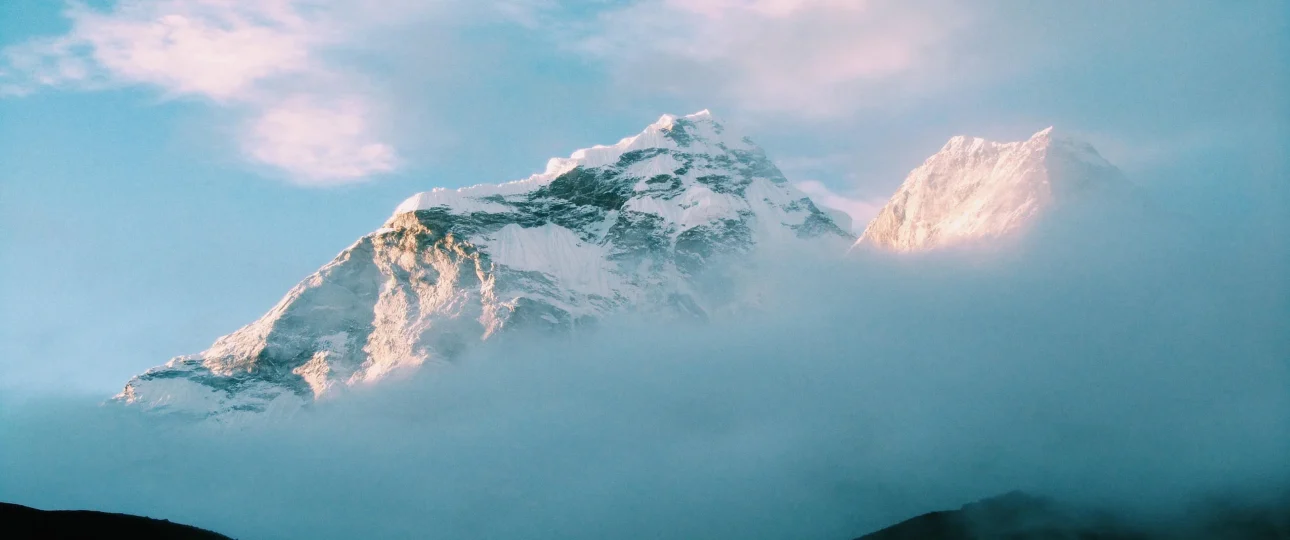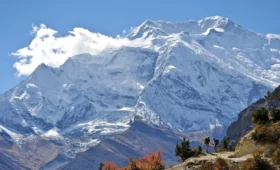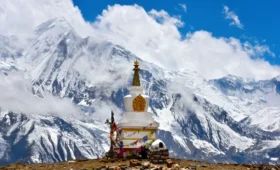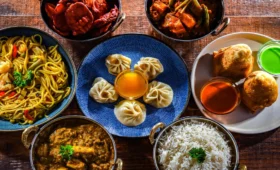Finding Your Best Trek in Nepal: The Ultimate Guide
Nepal, a land of towering peaks and vibrant cultures, is a trekker’s paradise. From the iconic Everest Base Camp trek to the hidden gems of remote regions, Nepal offers an unparalleled trekking experience. But with such an abundance of choices, how do you find the trek that perfectly matches your dreams? This comprehensive guide will break down the factors to consider, empowering you to make the best decision for your unforgettable Himalayan adventure.
Consider Your Experience and Fitness Level
Choosing the right trek in Nepal begins with an honest assessment of your experience and fitness. If you’re new to trekking, it’s wise to start with a shorter, less strenuous route at lower altitudes. As your trekking legs get stronger, you can gradually progress to more challenging trails. Here’s a general guideline to help gauge the difficulty:
- Easy Treks: Suitable for beginners, generally below 4000m, gentle slopes, shorter daily trekking hours
- Moderate Treks: Ideal if you have some trekking experience, involve higher altitudes (up to 5000m), steeper terrain, longer trekking days
- Challenging Treks: Best for seasoned trekkers, high altitudes (often above 5000m), may include technical sections, demand excellent physical fitness
Be realistic about your current fitness level. Overestimating your abilities can lead to altitude sickness and a less enjoyable overall experience.
Choose Your Perfect Nepal Trekking Region
Nepal’s diverse landscapes offer a trek to suit every taste. Here’s a quick overview of some of the most popular trekking regions:
- Everest Region: Home to the world’s tallest peak, this region boasts dramatic mountain vistas, Sherpa villages, and challenging trails. The Everest Base Camp trek is a classic for a reason.
- Annapurna Region: Known for its scenic variety, offering lush valleys, quaint villages, and incredible views of the Annapurna range. The Annapurna Circuit is a popular choice, but shorter treks like Poon Hill offer equally breathtaking panoramas.
- Langtang Region: Less crowded and easily accessible from Kathmandu, this region features stunning valleys, glaciers, and the beautiful Langtang Lirung peak.
- Manaslu Region: Offers remote wilderness and unique Tibetan-influenced culture. The Manaslu Circuit is a rising star, known for its less-traveled trails and spectacular views.
Considerations:
- Scenery: Do you crave towering peaks, lush valleys, or a mix of both?
- Remoteness: Do you prefer well-established trails or a more off-the-beaten-path adventure?
- Accessibility: How many days can you commit to the trek and travel?
When’s the Best Time to Trek in Nepal?
Nepal trekking is possible year-round, but seasons offer distinct experiences:
- Spring (March-May): Blooming rhododendron forests, clear skies. Trails can be crowded, especially for popular treks.
- Autumn (September-November): The most popular season with stable weather, excellent visibility, and comfortable temperatures.
- Monsoon (June-August): Lush landscapes and fewer crowds, but expect rainfall and potential trail disruptions.
- Winter (December-February): Cold but clear, offering crisp mountain views. Some high-altitude treks might be inaccessible due to snow.
Trekking Styles: Tea House vs. Camping
Your trekking experience will vary depending on your chosen accommodation style:
- Tea House Trekking: Stay in simple lodges along the trail, offering basic rooms and meals. This option is comfortable, social, and doesn’t require carrying camping gear.
- Camping Trekking: Sleep in tents, supported by a crew of porters, cooks, and guides. This allows for more flexibility in route selection and a deeper immersion in nature.
How to Find a Reputable Trekking Company in Nepal?
Selecting the right trekking company can significantly impact your experience in Nepal. Here’s how to ensure you choose a reliable and responsible operator:
- Check Credentials: Verify that the company is registered with the government bodies like the Trekking Agencies’ Association of Nepal (TAAN) and Nepal Tourism Board (NTB).
- Read Reviews: Look for reviews on platforms like TripAdvisor or Google. Reviews reveal insights into the company’s service, guides, and overall client satisfaction.
- Guides Matter: Ask about the company’s guides. Are they experienced, knowledgeable, and fluent in English? A skilled guide enhances safety and the overall trek experience.
- Responsible Practices: Choose companies committed to ethical practices, including fair treatment of porters, environmental protection, and support for local communities.
Budgeting for Your Nepal Trek
The cost of your trek depends on several factors:
- Trekking Region: Popular regions like Everest and Annapurna tend to be slightly more expensive.
- Duration: Longer treks naturally cost more due to additional days of accommodation, food, and guide/porter fees.
- Trekking Style: Camping treks usually incur higher costs due to equipment, additional crew, and logistics.
- Season: Peak seasons (spring and autumn) may see slightly higher prices.
- Group Size: Joining a group trek can sometimes be more cost-effective than arranging a private trek.
Typical Costs to Consider:
- Permits: Required for most treks (Everest, Annapurna, etc.)
- Transportation: Flights/buses to and from the trailhead
- Accommodation: Teahouse or camping costs
- Meals: Food during the trek
- Guide and Porter Fees: Essential for your safety and logistics
- Insurance: Travel insurance with trekking and altitude coverage
- Tips: For guides, porters, and lodge staff
Additional Tips for Planning Your Nepal Trek
- Get in Shape: Start a fitness routine well before your trek to improve stamina and reduce injury risk.
- Gear Up: Invest in proper trekking boots, clothing layers, and a comfortable backpack. Check online resources for gear lists tailored to your trek.
- Altitude Awareness: Learn about altitude sickness, acclimatization strategies, and how to recognize symptoms.
- Visas and Paperwork: Obtain your Nepal visa on arrival and arrange any necessary trekking permits in advance.
- Embrace the Culture: Learn a few basic Nepali phrases and show respect for local customs and traditions.
Conclusion
Choosing the best trek in Nepal is an exciting journey in itself! Consider your preferences, research thoroughly, and you’ll find an adventure that ignites your spirit and leaves you with lifelong memories. Nepal, with its breathtaking mountains and warm hospitality, awaits.



